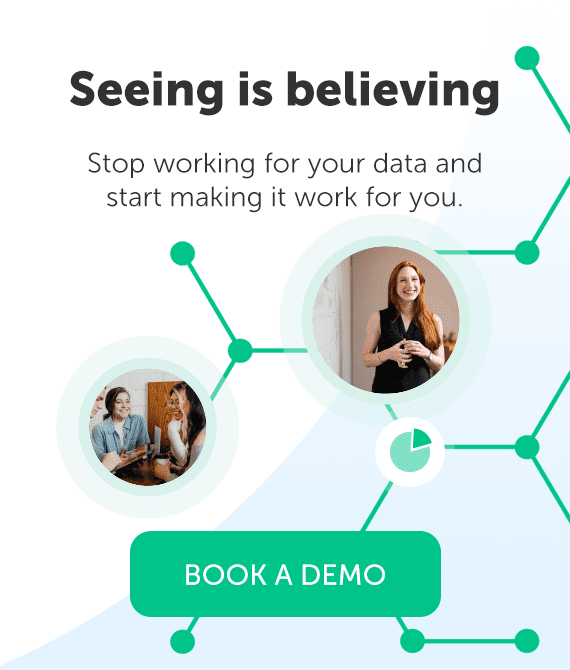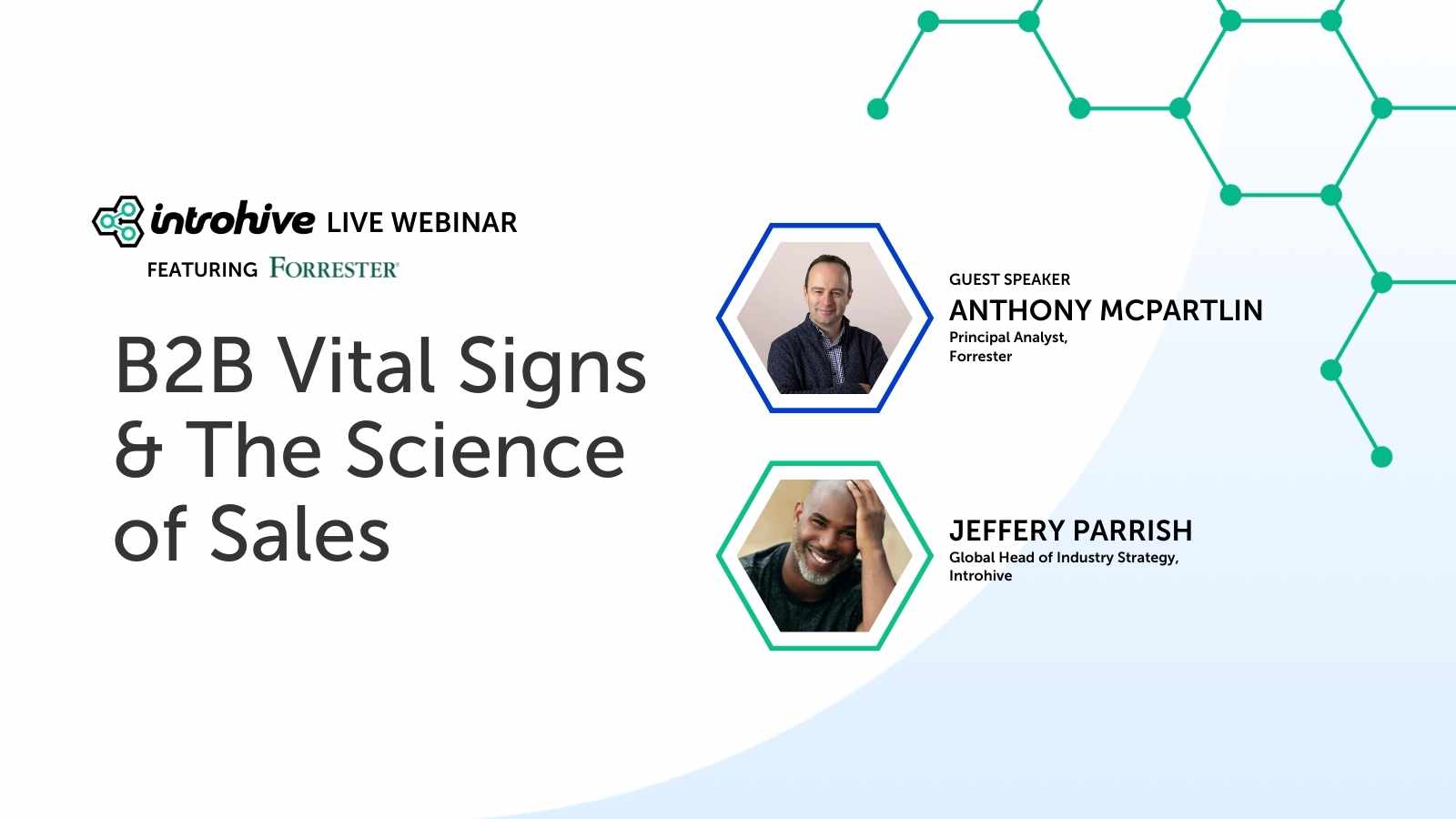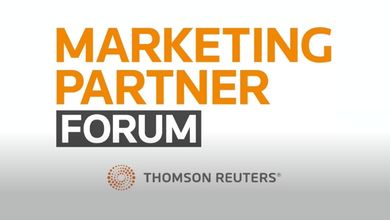 Customer relationship management (CRM) software is a necessary tool for modern selling organizations. CRM systems are widely used across organizations to support sales, marketing, business development and customer success track account and contact data. In fact, 91% of companies with over 10 employees have a CRM system. However, it has been found that 63% of all CRM adoption initiatives fail to deliver on desired outcomes. And if your team isn’t adopting the tool, success with your CRM is going to be hard to come by.
Customer relationship management (CRM) software is a necessary tool for modern selling organizations. CRM systems are widely used across organizations to support sales, marketing, business development and customer success track account and contact data. In fact, 91% of companies with over 10 employees have a CRM system. However, it has been found that 63% of all CRM adoption initiatives fail to deliver on desired outcomes. And if your team isn’t adopting the tool, success with your CRM is going to be hard to come by.
Why?
In our experience, there are unforeseen roadblocks obstructing your path to CRM success. To help you overcome those obstacles and get your CRM back on track, we recently hosted a webinar with CRM experts David Whiteside of CLIENTSFirst Consulting and Joe Przybyla of Introhive. Below, we share their three biggest barriers to CRM success and how to break through them.
#1 – Bad Data Makes a Bad CRM
Bad data, according to David, is the silent killer of the CRM system. And the statistics back him up. According to Gartner, 30% of data within CRM systems is outdated within 12 months. Gartner’s data also points to data being the No. 1 cause of CRM failure.
Data in CRM is easily compromised and many times that data quality issue is not . Through duplicated, missing, inaccurate, or incorrect data, there are a lot of poor data types floating under the radar that can impact your CRM’s effectiveness. Even if your CRM has high quality data at the onset, within a year, 30% of that data will become useless.
To put that into perspective, if you have 200,000 contacts in your CRM, that’s 60,000 inaccurate contacts changing throughout the year — from name changes, new positions, retirement, etc. And if we boil that down into days, 164 contacts become out-of-date daily.
If this continues to go unaddressed, your CRM will no longer be the valuable tool you want it to be, providing inaccurate client insights to your business development team, which place your client relationships and deals at risk.
In order to have a successful CRM solution, you need to take measures that ensure the data going into your CRM is clean, accurate, and useful. Purging bad data annually or even monthly is not only costly in terms of time, but also ineffective with hundreds of contacts going bad each day. Solutions like CRM automation can guarantee that your contact data is accurate and up-to-date without taxing your team with manual data entry or management.
#2 – Old Habits Die Hard
Your CRM will work perfectly up until you introduce it to your employees. That’s when the quality of the tool starts to dwindle and CRM success becomes harder to achieve. To encourage change and CRM use within your organization, your CRM needs to fit into your culture and how your team works. If your tool doesn’t fit with or help their routine, team members will push back against the change, creating new problems you need to solve.
Common cultural barriers you could face include:
- Lack of adoption / buy-in
- Underutilization
- Lack of leadership support
- Lack of education
- Poor training
- No accountability
- Data entry
- Turnover
- Inadequate data resources
- People want the system to read their mind
- People don’t want to do things for themselves
- Whiny professionals
- Zero tolerance for imperfection
“These are all people issues, not technology issues,” David points out.
If these cultural barriers go on unnoticed, your team will continue to reject your CRM. Without proper communication, training, or set processes, they will never see the value of the CRM system or experience the true benefits of the tool.
To help CRM fit into your company culture, your culture needs to be top of mind when creating your CRM implementation plan. Before you select or implement the tool, you need to speak with your team’s key stakeholders to earn their buy-in, discover what features are most important to them, and educate them on the benefits of CRM. This helps you earn team approval before the tool is introduced, increasing your chances at CRM adoption and success.
#3 – Over-Engineering Is Overwhelming
CRM systems come equipped with hundreds of different features and capabilities. But that doesn’t mean you should enable all of them — especially right away as this can overwhelm your team and make the tool harder to use. In fact, David argues that you likely don’t even need all of those features.
“Identify three main things you want your CRM to do. Make it so that you and your team can do those three things really, really well,” David suggests. “You need to crawl before you can run.”
For example, if the primary goal of your CRM system is to improve your lead tracking, your top CRM features might be lead management, lead scoring, and email tracking. By focusing on the features that will move the needle the most, you’re simplifying the system so it’s easier to gain value.
If you over-engineer the system with needless features, you run the risk of adding too much complexity, causing your CRM to become too difficult to understand. In addition, through tailoring your solution to primary features that will benefit your business the most, you’re also personalizing the tool so that it is more relevant to your organization.
How Can You Remove These Barriers to CRM Success?
Data, culture, and complexity play a huge role in getting your team to embrace a CRM system. If you’re encountering any of the above obstacles to your CRM success, it’s time to break them down. For more tactics on how to remove these barriers and achieve CRM success, watch the full “Is Your CRM In the Best Shape It Could Be In?” webinar.







